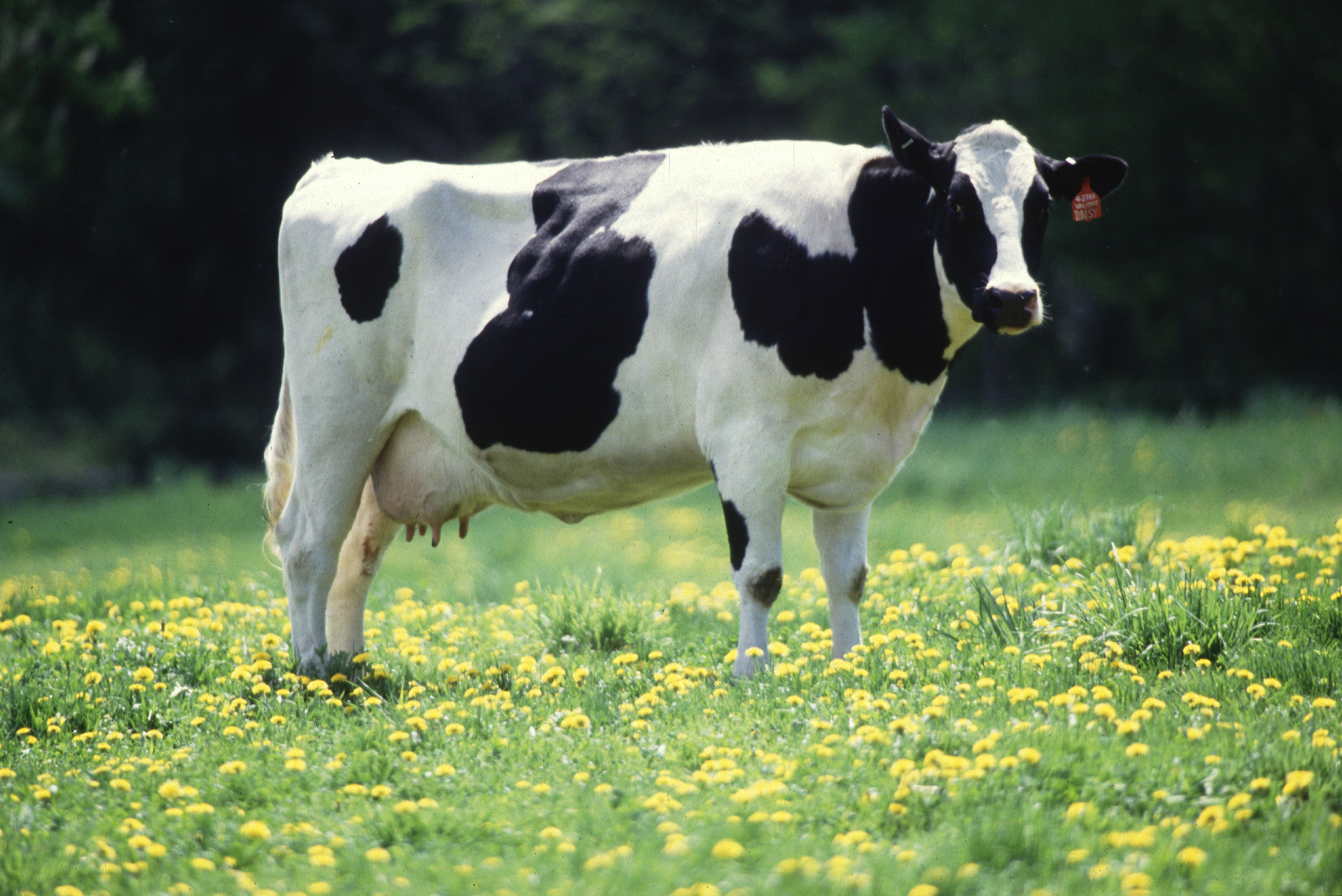
East Coast Fever In Cattle | Ecf Symptoms And Treatment
Treatment of East Coast Fever: Symptoms, Causes, and Prevention
East Coast Fever (ECF) is one of the most dangerous cattle diseases in East Africa. Farmers often call it “Theileriosis” or “Ndigana” in local terms. It is caused by a microscopic parasite called Theileria parva, which is transmitted by the brown ear tick (Rhipicephalus appendiculatus). This tick-borne disease can kill up to 90% of infected cattle if not properly controlled, making it a major threat to livestock farmers’ livelihoods.
⚠️ Causes and Transmission
The main cause of East Coast Fever is the Theileria parva parasite. The disease spreads when an infected brown ear tick bites a healthy animal. Once the parasite enters the bloodstream, it attacks the white blood cells, weakening the cow’s immune system and making it unable to fight infections.
The ticks that transmit ECF thrive in warm, humid environments with tall grass and bushes — common in many parts of Kenya, Uganda, and Tanzania. Young and exotic breeds are particularly vulnerable to this disease.
Common Symptoms of East Coast Fever
Farmers should be alert for the following signs:
-
High fever: The first noticeable sign; body temperature can rise above 40°C.
-
Swollen lymph nodes: Especially around the neck and behind the ears.
-
Loss of appetite: The animal stops feeding and appears weak or dull.
-
Coughing and difficulty breathing: Caused by fluid build-up in the lungs.
-
Tearing and drooling: Eyes may become watery and saliva may drip from the mouth.
-
Labored breathing: The animal may struggle to breathe, particularly in advanced stages.
-
Weight loss and death: Without treatment, the cow quickly weakens and dies within 7–10 days of infection.
Treatment and Control
Treatment should be started immediately once ECF symptoms appear. Visit or call a qualified veterinarian to confirm the disease and administer the correct drugs. Common treatments include Buparvaquone (Butalex®) and Parvaquone, which are effective if used early. Supportive care, such as providing fluids and reducing fever, is also important.
Never attempt to treat ECF without proper veterinary advice — incorrect dosage or delay can lead to loss of animals and money.
Prevention and Control Measures
Preventing East Coast Fever is far better (and cheaper) than curing it. Here’s how farmers can protect their herds:
1. Tick Control
-
Spray or dip regularly: Use recommended acaricides (tick-killing chemicals) every week or as advised by your vet.
-
Keep the environment clean: Clear tall grass, bushes, and stagnant water where ticks hide.
-
Rotate pastures: Avoid grazing animals in heavily infested tick areas.
2. Vaccination
-
The ECF infection-and-treatment vaccine (ITM) provides long-term protection.
-
It should only be administered by a trained professional.
-
Once vaccinated, the animal becomes resistant to future infections.
3. Good Herd Management
-
Quarantine new animals before mixing them with the rest of the herd.
-
Monitor your animals daily for early signs of illness.
-
Provide good nutrition to strengthen immunity.
Farmer’s Tip
Early detection saves lives. If one cow shows symptoms, assume others are at risk. Isolate the sick animal and contact a vet immediately. Farmers who combine regular spraying, vaccination, and good management rarely lose cattle to East Coast Fever.